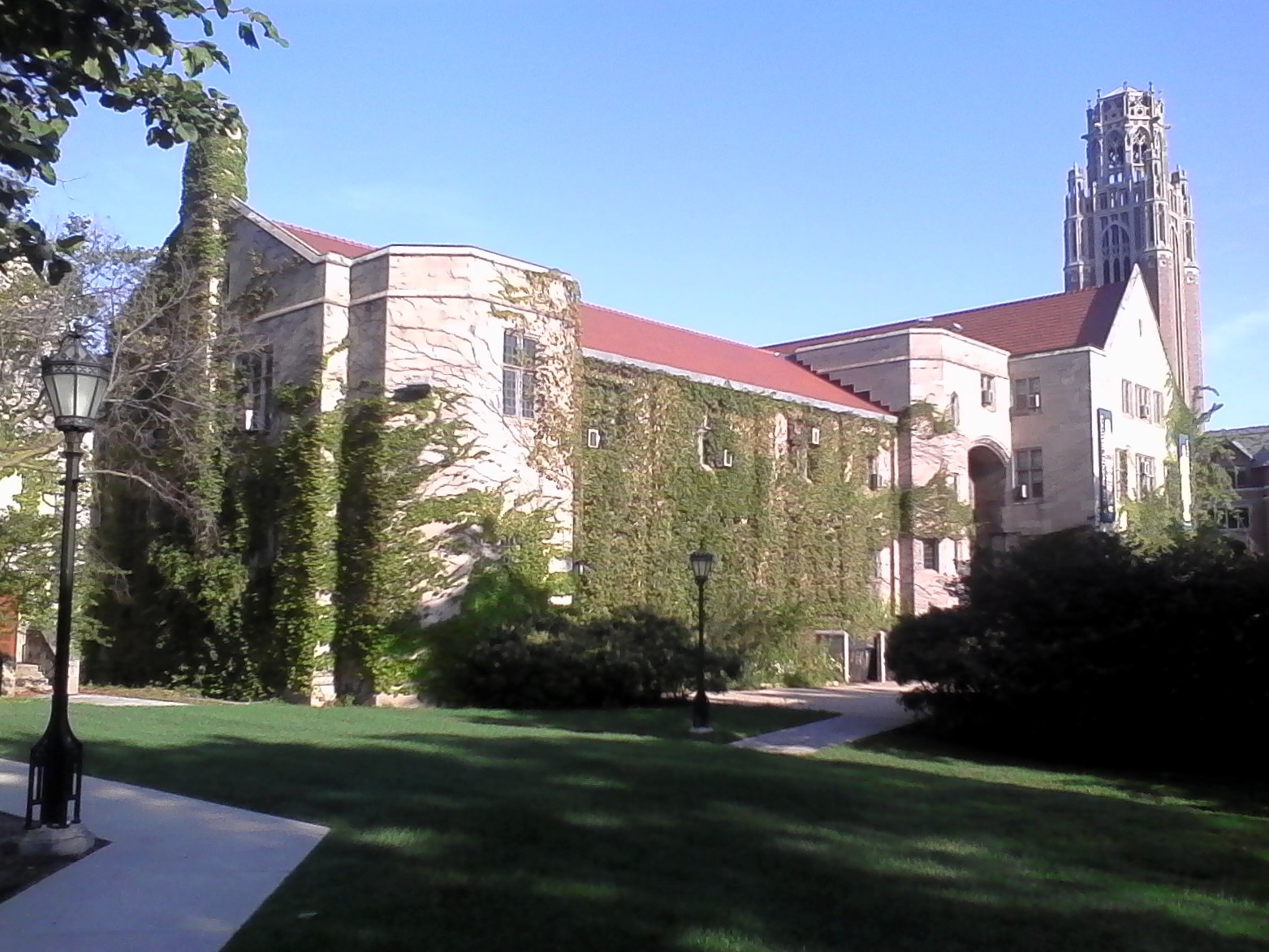|
Robert McCormick Adams, Jr.
Robert McCormick Adams Jr. (July 23, 1926 – January 27, 2018) was an American anthropologist and secretary of the Smithsonian Institution (1984–94). He worked in both the Near East and Mesoamerica. A long time professor of the University of Chicago, he was best known for his research in Iraq. Early life and education Born in Chicago, Illinois, he attended Francis W. Parker School and graduated in 1943. He received his doctorate from the University of Chicago (1957), where he was also employed as a member of the faculty. He was Director of the Oriental Institute at the University of Chicago (1962–68, 1981–83). He served as the provost of the University of Chicago (1982–84). He was an adjunct professor at the University of California, San Diego, at the time of his death. Secretary of the Smithsonian Adams served as the ninth secretary of the Smithsonian Institution in Washington, D.C., from 1984 to 1994. He was installed as Smithsonian Secretary on September 17, ... [...More Info...] [...Related Items...] OR: [Wikipedia] [Google] [Baidu] |
Oriental Institute, Chicago
The Oriental Institute (OI), established in 1919, is the University of Chicago's interdisciplinary research center for ancient Near Eastern ("Orient") studies and archaeology museum. It was founded for the university by professor James Henry Breasted with funds donated by John D. Rockefeller, Jr. It conducts research on ancient civilizations throughout the Near East, including at its facility, Chicago House, in Luxor, Egypt. The institute publicly exhibits an extensive collection of artifacts related to ancient civilizations at its on-campus building in Hyde Park, Chicago. According to anthropologist William Parkinson of the Field Museum, the OI's highly focused "near Eastern, or southwest Asian and Egyptian" collection is one of the finest in the world. History In the early 20th century, James Henry Breasted built up the collection of the university's Haskell Oriental Museum, which he oversaw along with his field work, and teaching duties. He dreamed, however, of establishin ... [...More Info...] [...Related Items...] OR: [Wikipedia] [Google] [Baidu] |
Anthropology
Anthropology is the scientific study of humanity, concerned with human behavior, human biology, cultures, societies, and linguistics, in both the present and past, including past human species. Social anthropology studies patterns of behavior, while cultural anthropology studies cultural meaning, including norms and values. A portmanteau term sociocultural anthropology is commonly used today. Linguistic anthropology studies how language influences social life. Biological or physical anthropology studies the biological development of humans. Archaeological anthropology, often termed as 'anthropology of the past', studies human activity through investigation of physical evidence. It is considered a branch of anthropology in North America and Asia, while in Europe archaeology is viewed as a discipline in its own right or grouped under other related disciplines, such as history and palaeontology. Etymology The abstract noun '' anthropology'' is first attested in refe ... [...More Info...] [...Related Items...] OR: [Wikipedia] [Google] [Baidu] |
Smithsonian Environmental Research Center
The Smithsonian Environmental Research Center (SERC) is a United States environmental research and educational facility operated by the Smithsonian Institution. It is located on the Rhode and West Rivers near Edgewater in Anne Arundel County, Maryland, near the western shore of Chesapeake Bay. The center's focus of study is the ecosystems of coastal zones, particularly in the Chesapeake Bay estuary and nearby wetlands. History In 1964, Robert Lee Forrest of Baltimore left a 365-acre dairy farm on the Rhode River to the Smithsonian Institution. The next year, the Chesapeake Center for Field Biology was established on the site of this former dairy farm. A $375,000 grant from the Ford Foundation was awarded and another $550,000 in other grants followed by the end of 1969. These funds were used to purchase another 568 additional acres adjoining the original parcel. In 1970, the Chesapeake Bay Center for Field Biology was renamed to the Chesapeake Bay Center for Environmental ... [...More Info...] [...Related Items...] OR: [Wikipedia] [Google] [Baidu] |
Freer Gallery Of Art
The Freer Gallery of Art is an art museum of the Smithsonian Institution in Washington, D.C. focusing on Asian art. The Freer and the Arthur M. Sackler Gallery together form the National Museum of Asian Art in the United States. The Freer and Sackler galleries house the largest Asian art research library in the country and contain art from East Asia, South Asia, Southeast Asia, the Islamic world, the ancient Near East, and ancient Egypt, as well as a significant collection of American art. The gallery is located on the south side of the National Mall in Washington, D.C., contiguous with the Sackler Gallery. The museum is open 364 days a year (being closed on Christmas), and is administered by a single staff with the Sackler Gallery. The galleries were among the most visited art museums in the world. The Freer houses over 26,000 objects spanning 6,000 years of history from the Neolithic to modern eras. The collections include ancient Egyptian stone sculpture and wooden obje ... [...More Info...] [...Related Items...] OR: [Wikipedia] [Google] [Baidu] |



